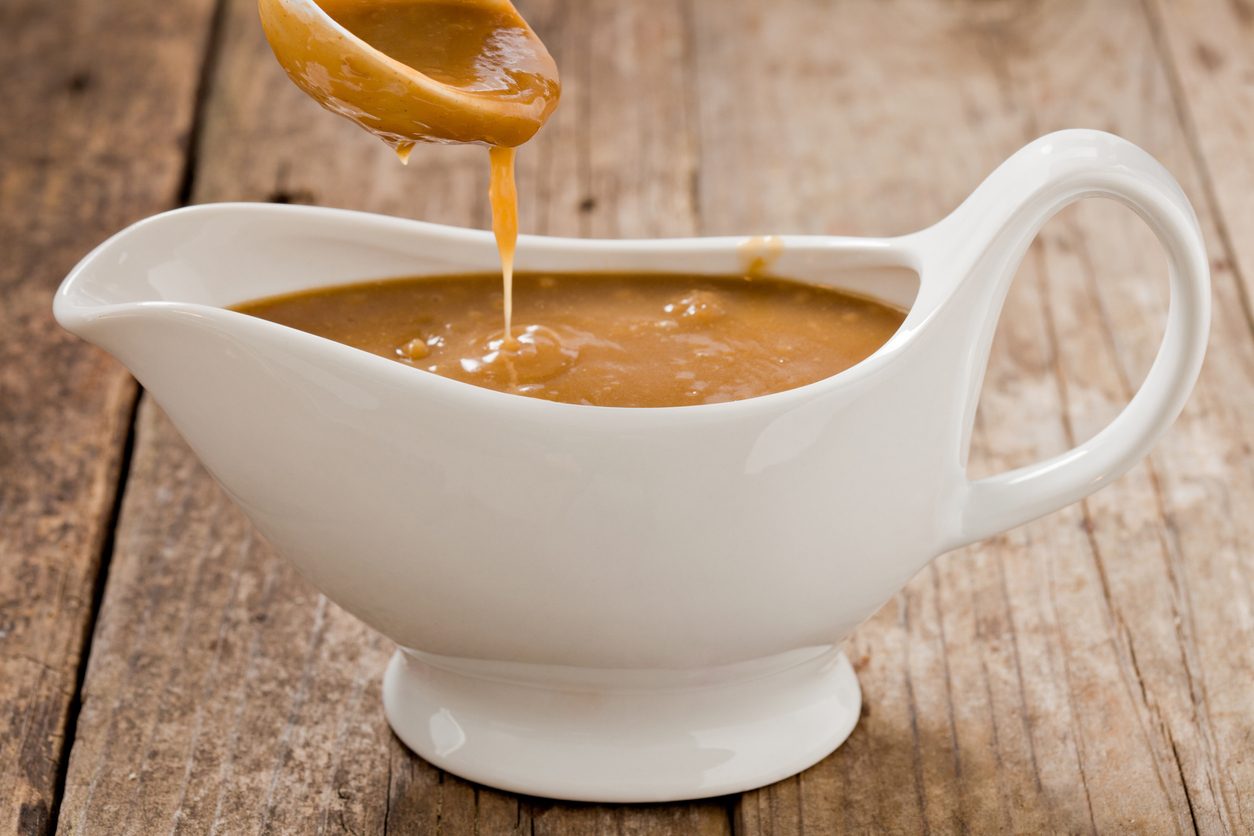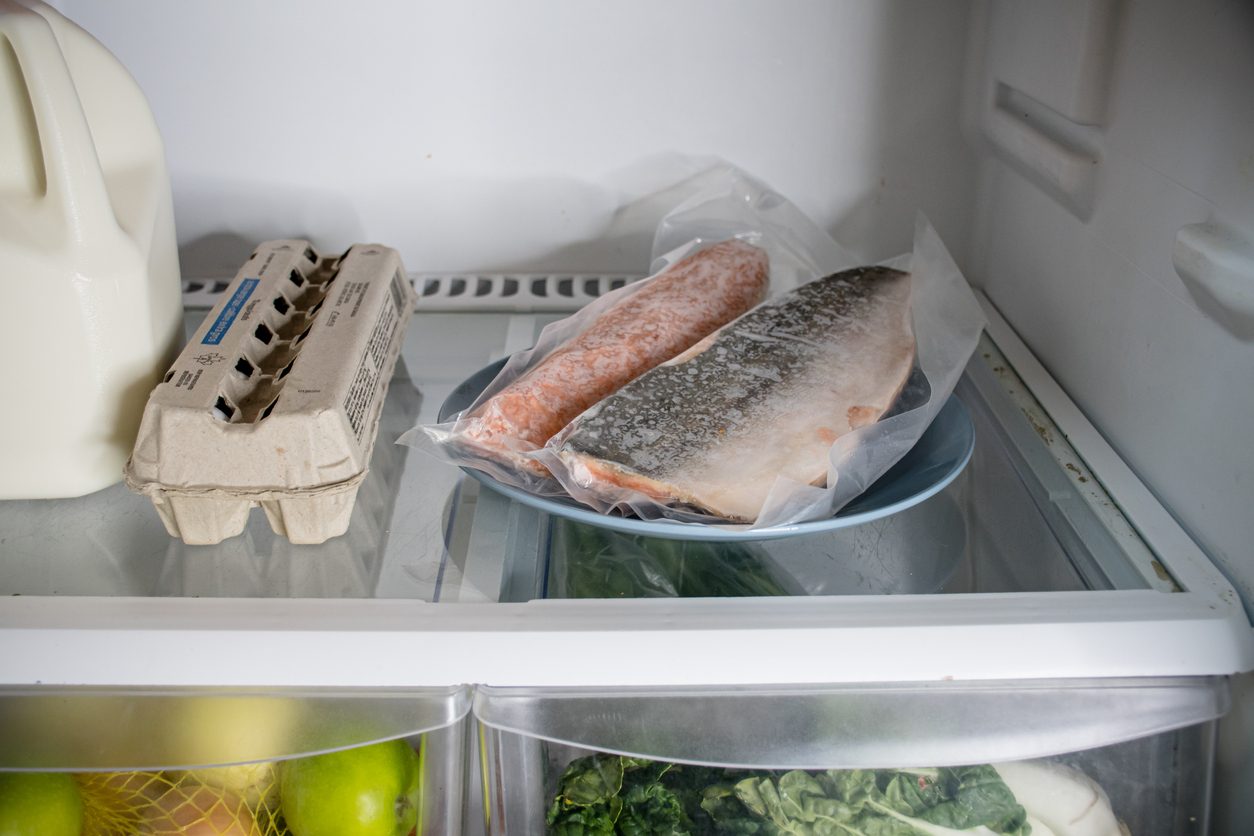Can You Freeze Gravy?
Gravy is a pan sauce everyone enjoys, and it makes for a great leftover once you learn how to extend its shelf life. Many are curious to know if freezing is a valid storage option, and we have the answers.
;Resize,width=742;)
People don’t usually have extra gravy because of how versatile it is in use. However, when there are leftovers or when trying to transform it into a future dinner, freezing is an option many consider.
It would be fine in a fridge, too, but only for three to four days, so freezing is the perfect solution to extending the life of this precious pan sauce.
How to Freeze Gravy

First of all, it is crucial to note that gravy made with any dairy should not be frozen. Not only will it develop an unpleasant rough and grainy texture, but it’s also prone to separating after freezing and will never regain its former glory.
Gravy will freeze solid once in a freezer. You just need to cool it completely first, then ladle it into air-tight containers, freezer bags, or ice cube trays. Also, remember not to refreeze gravy after you’ve thawed it. It is a one-and-done situation.
How Long Can Gravy Freeze For?

Gravy will stay edible frozen up in the freezer for three to six months and its quality will remain untouched. However flour-based gravies may only be good for three or four months.
Thawing and Using Frozen Gravy
The best way to use frozen gravy is to allow it to thaw in the fridge overnight, then heat it slowly in a saucepan, while whisking it to get rid of lumps. You can add some water if it’s too thick or if it separated a bit. Make sure the gravy reaches 165F before serving it.
If you’re in a rush, you can thaw the gravy in a bowl of cold water like frozen meat or in the microwave in 30-second intervals using the defrost setting.
;Resize,width=767;)
;Resize,width=712;)
;Resize,width=712;)
;Resize,width=712;)
